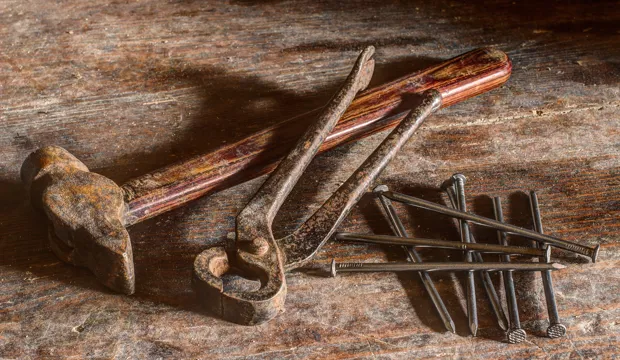
The human body
Identify parts of the human body with a 2D paper model
In this engaging activity designed for KS1 students, learners will embark on a journey to explore the wonders of the human body.
By creating a captivating 2D paper model, students will have the opportunity to unleash their artistic talents and delve into the fundamental components that make up our remarkable anatomy.
Activity introduction
This activity is one of a set of resources developed to support teaching the primary national curriculum. They are designed to support the delivery of key topics within maths and science. This resource focuses on developing an understanding of the basic parts of the human body through assembling a 2D paper model.
Print the ‘design a body’ activity handout onto lightweight cardstock and distribute it among the learners.
Ensure that the learners understand how the various body parts depicted on the activity sheet fit together, such as the upper arms, forearms, thighs, and legs.
Learners can enhance their creations by adding extra features like clothing with pockets or facial details and adding colours as desired.
Demonstrate the safe method of creating holes in the cardstock by placing it over an eraser and gently pushing a sharp pencil through. Alternatively, sticky tack or foam rubber can be substituted for the eraser.
Assemble the different parts of the model by inserting a split pin and separating its prongs.
Once the learners have successfully assembled their models, they can use a glue stick to affix the model onto a separate sheet of paper, creating a keepsake to cherish.
How long will this activity take?
This activity takes between 30-50 minutes
What you will need
- Thin card for printing the human body template to handout
- Erasers (or sticky tack or foam rubber)
- Safety scissors
- Split pins
- Coloured crayons/pencils
- Glue sticks.
The engineering context
Biomedical engineers assist individuals in reclaiming their lives following significant injuries; they can fabricate new body parts, such as arms and legs. Moreover, bioengineers can potentially restore hearing to people who are deaf or hard of hearing using electronic solutions.
Suggested learning outcomes
By the end of this activity, students will be able to identify basic parts of the human body, and they will be able to make a 2D paper model of the human body and name, draw and label the basic parts.
Download for free below!
All activity sheets and supporting resources are free to download, and all the documents are fully editable so that you can tailor them to your students and your schools’ needs.
The activity sheet includes teacher notes, guidance, helpful web links, and links (where appropriate) to the national curriculum in the four devolved UK nations; England, Northern Ireland, Scotland and Wales.
Please share your classroom learning highlights with us @IETeducation




